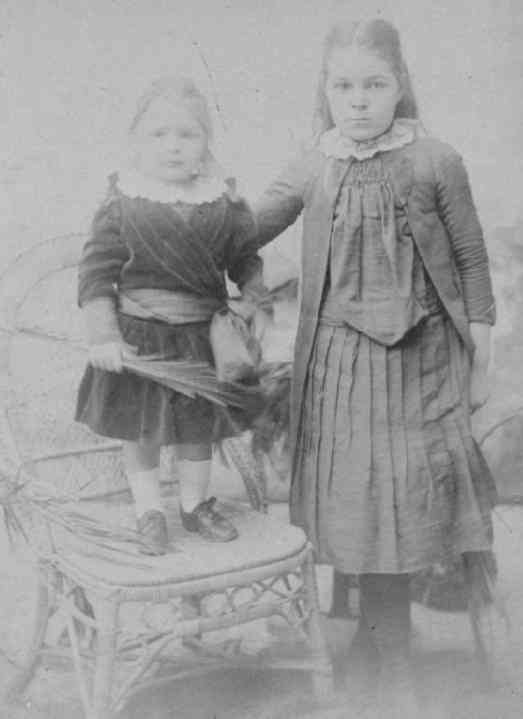
Figure 19.--The older child in this Australian portrait is certainly a girl. It is less clear whether the younger child is a boy or girl.


Figure 19.--The older child in this Australian portrait is certainly a girl. It is less clear whether the younger child is a boy or girl. |
An Austrlian reader has forwarded this image to HBC and provide her assessment of the image: Thank you for your wonderful website. What a lot of work you've put in. I recently 'rescued' some old photos from a local Euphemera shop (Perth, Western Australia), and have been trying to date the photos. Your website has been great. The photo attached is of what I had initially thought was 2 sisters, the little one being a bit "butch". But after spending some time on your site, I believe it is a little boy in a dress, holding a palm frond. I believe (from info on your site) that the dark velvet, sash, stance and either side part, or double part (can't tell) in the hair indicates it's probably a boy. The cabinet card has no photographers markings to help dating, but I believe (from the thickness of the card etc) it's probably late 1880's or 1890's. Do you have anything to add about the photo?
This image is undated. The Australian reader dates it to the 1880s-90s, using the thickness of the paper as a guie. Proabably the most useful guide would be the style of the older girl's dress, but HBC is not familiar enough with girls' styles to be able to use this. We do not believe that the image is as early as the 1870s because the children do not seem to be using any kind of brace, meaning a relatively high speed film was used. The imaage does nott look like a 1890s image to us, in part because of the dress styles--but as HBC said we are not expert in girls' dress styles. If it is an 1890 image, it would have been the very early 1890s.
This portrait is presumably Australian. Just because it was found it Australia does not mean that it has to be Australian--but that is the most likely conclusion. As it is Australian, the most likely fashion influences are English.
Curiously this cabinet card does not have the photographers name on it. Most European and American cabinet cards did have the photographers name. HBC is not sure why, perhaps this was a peculiarity of Australia.
HBC has no information on the identities of the children involved.
The older child wears a fairly standard dress. It has a jacket, but no front buttons.
The younger child wears a rather unusual velvet dress. HBC has never seen one quite like it. The child has a lace collar rather like the one the older child is wearing, only larger. The most destinctive feature of the younger child's outfit is a very large sash. HBC is not sure if the sashes on children's dresses were used as a gender indicator. This is, however, an interesting question to persue. The shoes the younger chil is wearing look much more modern than the dresses. Again HBC has not well pursue the topic of 19th century footwear. The younger child wears white three-quarter length socks. This was a type of hosiery worn by both younger boys and girls.
The younger child's hair style is indistinct. but looks to perhaps be a hair knot. This would be a rather boyish tyle, but the image is not clear enough to be definative.
HBC believes that the younger child is about 3 years old and the older child about 11 or 12.
The only prop in this photograph is the palm branch that the younger child is holding. Some props in old photographs are possibkle gender indicators. HBC believes that the palm frond more likely indicates that this may be an Easter portrait.
Navigate the Historic Boys' Clothing Web Site:
[Return to the Difficult gender page 3]
[Introduction]
[Activities]
[Bibliographies]
[Chronologies]
[Contributions]
[FAQs]
[Gender]
[Links]
[Style Index]
[Boys' Clothing Home]